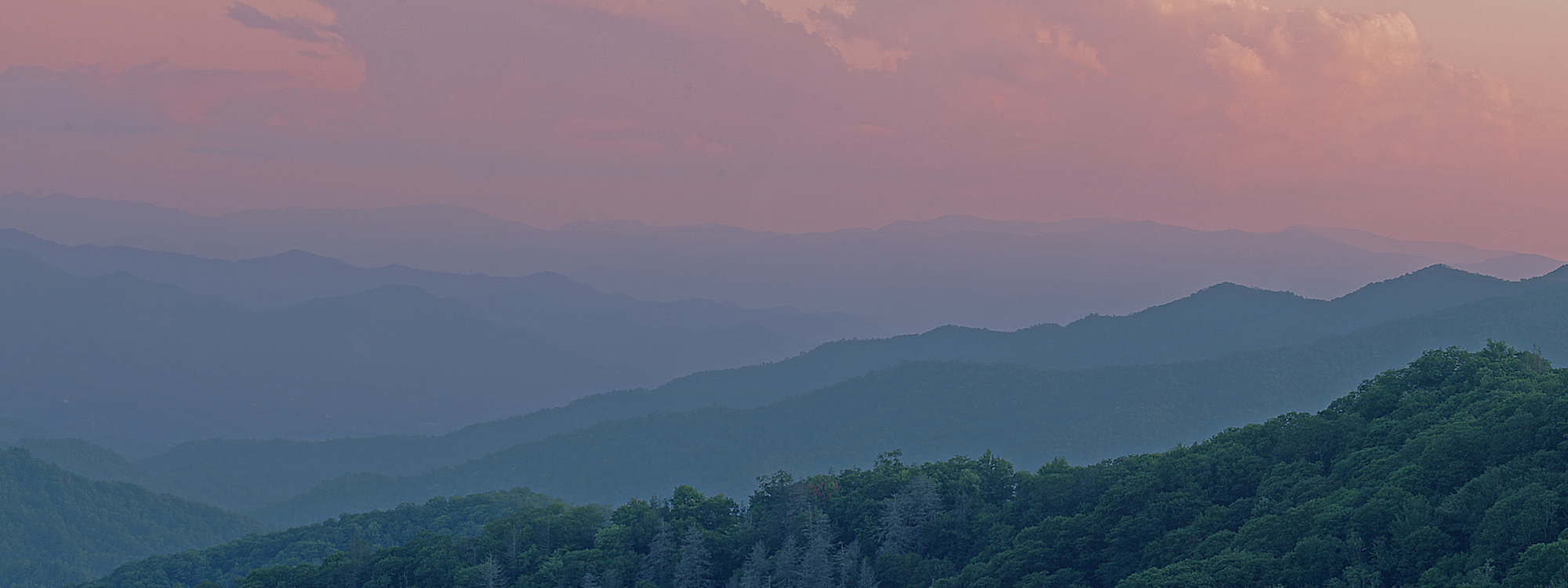
The constellation Cygnus boasts many great deep space objects. I have previously imaged the Eastern Veil Nebula, the Dumbbell Nebula, and the North America and Pelican Nebulae, all located in Cygnus. This image is a Supernova remnant known as the Cygnus Loop. The aforementioned Eastern Veil makes up a portion of the loop.

The Cygnus Loop is estimated to be around 2,400 light years away. It is a remnant of a Supernova believed to have exploded 8,000 years ago. If you were to see it with your eye it would extend over 3 times the size of the full moon in the sky.
Fun fact – In the 2014 novel Mindbridge by Joe Haldeman, [Spoiler Alert] the Cygnus Loop is the remains of the home star of an omnipotent, immortal race that ultimately decided to destroy itself.
The Cygnus Loop is made up of multiple portions, each having their own identification. These include NGC 6992, NGC 6995, and IC 1340, collectively known as the Eastern Veil Nebula. On the opposite side is NGC 6960, the Western Veil Nebula or the Witches Broom. There is also NGC 6974 and NGC 6979 near the top of the image.
Neighboring NGC 6974 and NGC 6979 is an area known as Pickering’s Triangle, discovered in 1904 by Williamina Fleming. Edward Pickering was director of the Harvard observatory, where the discovery occurred, at the time. Below IC 1340 in the Eastern Veil Nebula is a small bright patch, the Southeastern Knot.
The annotated image below identifies these NGC and IC locations. Not identified is Pickering’s Triangle and the Southeastern Knot.

This image was taken using data collected in July 2020. The setup was similar to my other projects, using a ZWO ASI1600mm-Pro monochrome camera with narrowband filters. For this image I attached a Canon 100-400mm f/4-5.6 lens with it set to 100mm. A SkyWatcher EQ6r-pro equatorial tracking mount controlled remotely via a Raspberry Pi computer running Stellarmate OS was used to for tracking. Images were taken over a 4 week period.
I used narrowband filters, but combined them to show a more classic rendering of the Nebula. I played around with several versions before settling on this one. I also experimented using the Hubble Palette with an example shown below.

The final image total exposure time was approximately 20.7 hours using 248 separate images. It is a target I have wanted to capture, and overall I am pleased with the result. The Cygnus Loop in Narrowband.
- SII: 84 images, 7 hours
- Ha: 85 images, 7.1 hours
- OIII: 79 images, 6.6 hours




